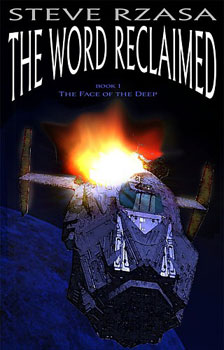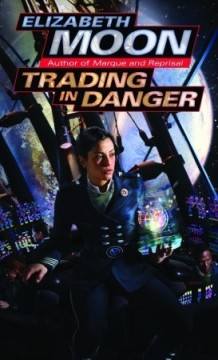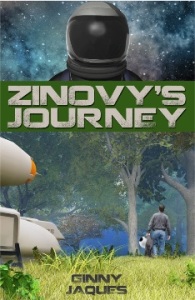 A Star Curiously Singing, by Kerry Nietz (Marcher Lord Press, 2009)
A Star Curiously Singing, by Kerry Nietz (Marcher Lord Press, 2009)
In a dystopian future of Earth with advanced technology and a repressive global regime, to be a tech geek is to be a slave. Anyone (usually male) chosen for this role at age 10 is implanted with a chip that allows him to wirelessly connect to machines, computers and serv-bots—to “stream” to them—and to perform necessary repairs.
These people are called debuggers, and Sandfly is a good one. He does what his master orders, and rarely gets “tweaked” for disobedient or dangerous thoughts, although his wry observances of life under the masters—the Abduls (Servants)—skate pretty close to the edge at times.
Sandfly’s world is ruled by a form of Islam that’s all rules and no faith. Absolute power seems to have corrupted absolutely, and Sandfly wonders if there are any good masters left.
A top-secret assignment lands him on a space station (he’s afraid of heights) where he’s introduced to the prototype space ship, Dark Trench. Dark Trench is a technological marvel, but its crew can’t be cleared to go home until Sandfly finds out what caused their only bot to destroy itself part-way through the mission.
There’s a lot more to the story than that, but you need to read it yourself. Part of the fun is being dropped into this unusual world and figuring out what’s going on as you read Sandfly’s narration. He’ll call you “freehead” and occasionally explain details, but most of the time you’re just along for the ride, learning on the fly (if you’ll pardon the pun).
A Star Curiously Singing is a fast read, with twists, turns, humour, faith and danger. It’s a good story, and Sandfly really makes the novel for me. He’s an engaging character with a distinctive voice. I look forward to reading the other two books in the Dark Trench series: The Surperlative Stream and Freeheads.
A Star Curiously Singing won a Reader’s Favourite Gold Medal Award, and was a finalist on a few other awards lists. You can learn more about Kerry Nietz at his website, and read a sample of A Star Curiously Singing on the Marcher Lord Press site. And you can read an interview with Kerry Nietz, and a bit about his newest book, Freeheads, at A Christian Writer’s World. The draw is now over, and I won! Kerry very kindly substituted A Star Curiously Singing for Freeheads, rather than drop me into the series at the end.









